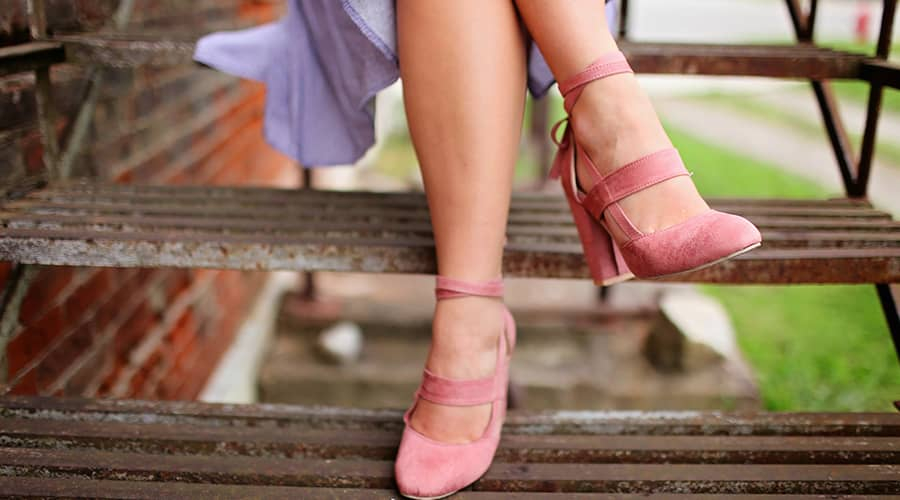
Edema is swelling, often in the legs, caused by fluid accumulation in the lower limbs. Common causes include:
- Circulatory Problems: Venous insufficiency or slow blood flow can prevent blood from efficiently returning from the legs to the heart, leading to fluid buildup.
- Fluid Retention: This occurs when the body retains too much water, often due to hormonal imbalances (such as pregnancy or menstruation), or issues with the kidneys or heart.
- Lymphedema: Damage or abnormalities in the lymphatic system can prevent lymph fluid from draining properly, causing swelling.
- Trauma or Injury: Injuries like fractures or dislocations can cause localized edema.
- Infection: Bacterial or fungal infections can lead to swelling in the affected area.
If left untreated, edema can have several negative consequences:
- Pain and Discomfort: Swelling often causes discomfort, pain, and heaviness.
- Limited Mobility: Swollen feet or ankles can reduce mobility, making walking and daily activities difficult.
- Infection Risk: Stretched and cracked skin due to edema is more susceptible to infection.
- Sores and Ulcers: Chronically swollen areas are prone to sores, ulcers, and wound infections.
- Venous Stasis Dermatitis: Persistent venous insufficiency or edema can lead to inflammation, redness, itching, and sores.
- Worsening of Lymphedema: If underlying edema is due to lymphedema, it can worsen and become chronic if untreated.
- Tissue Damage: Severe, prolonged edema can damage tissues and blood vessels, causing long-term issues.
- Serious Health Problems: In severe cases, edema may indicate underlying conditions like heart or kidney disease, blood clots, or other disorders.
Treatment
Treatment depends on the cause and severity of the edema:
- Address Underlying Conditions: Treating the root cause, such as heart or kidney disease, is crucial. This may involve medications, dietary changes, lifestyle adjustments, or other treatments.
- Compression Therapy: Compression stockings or bandages can help reduce swelling by applying pressure and aiding fluid return.
- Leg Elevation: Regularly elevating the legs above heart level can help reduce fluid accumulation.
- Medications: Anti-inflammatory or diuretic medications can reduce swelling but should only be used under medical supervision due to potential side effects.
- Physiotherapy and Exercise: Physical therapy or specific exercises can improve lymphatic circulation and reduce edema.
- Wound Management: Proper care of wounds or ulcers caused by edema is essential to prevent infection and promote healing.
Prevention
To prevent edema, consider these steps:
- Stay Active: Regular exercise promotes blood and lymph circulation, reducing fluid buildup.
- Healthy Diet: Avoid excessive salt intake, and eat plenty of fruits, vegetables, and whole grains to maintain proper water and electrolyte balance.
- Use Compression Stockings: For those prone to edema, compression stockings or bandages can help prevent fluid accumulation.
- Elevate Legs: When sitting or standing for long periods, elevate your legs periodically to encourage fluid return.
- Weight Control: Maintaining a healthy weight can significantly reduce the risk of edema.
- Take Breaks on Long Journeys: Stand up, move around, and stretch your legs during long flights or car trips to improve circulation.
- Stay Hydrated: Drinking adequate water helps maintain proper body fluid balance, which can prevent edema.

